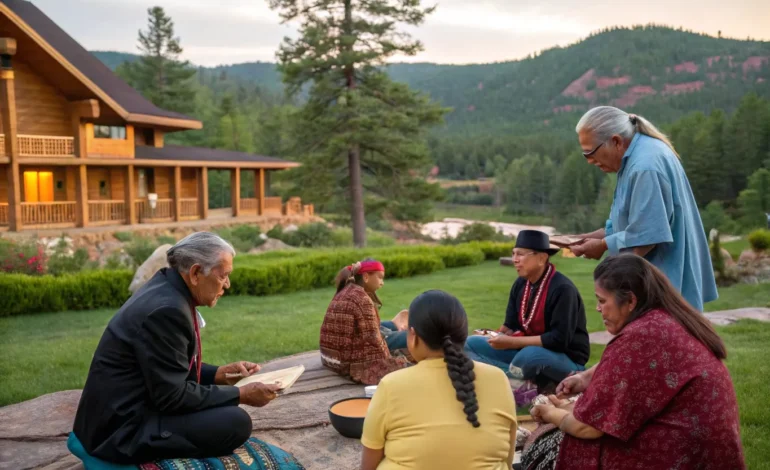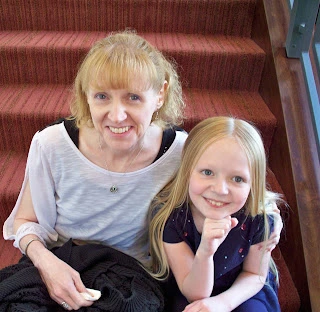Healing from Within: How Native American Communities Are Reclaiming Health Through Culture, Trust, and Self-Determination
Discover how Native American communities are reclaiming health through culture, trust, and self-determination. Explore the root causes of health disparities and the powerful community-led solutions reshaping Native health equity.

Native American communities in the United States face a disproportionate burden of health disparities, stemming from a complex interplay of historical trauma, systemic inequities, and cultural disconnection. These challenges manifest in higher rates of chronic diseases, mental health issues, and limited access to quality healthcare. Understanding the root causes of these disparities is crucial for developing effective solutions.
Root Causes of Health Disparities in Native American Communities
1. Historical Trauma and Systemic Inequities
Centuries of colonization, forced assimilation, and discriminatory policies have left lasting scars on Native American populations. The erosion of cultural practices, loss of land, and suppression of languages have contributed to a sense of identity loss and community disintegration. These historical injustices have led to intergenerational trauma, manifesting in higher rates of substance abuse, mental health disorders, and chronic diseases within these communities.
2. Food Insecurity and Loss of Traditional Diets
The disruption of traditional food systems has had a profound impact on Native American health. The forced removal from ancestral lands and the introduction of commodity foods have led to poor nutrition and increased rates of obesity, diabetes, and heart disease. Many Native communities now face food deserts, with limited access to fresh and nutritious foods, exacerbating health disparities.
3. Educational Gaps and Limited Health Literacy
Educational attainment among Native Americans lags behind the national average, with financial barriers and lack of culturally relevant curricula contributing to high dropout rates. This educational gap limits health literacy, making it challenging for individuals to make informed decisions about their health and well-being.
4. Erosion of Trust in External Institutions
Historical abuses, such as unethical medical experiments and the exploitation of Native American populations for research purposes, have fostered a deep mistrust of external institutions. This skepticism extends to healthcare providers, leading to reluctance in seeking medical care and adhering to prescribed treatments.
Who Holds the Burden?
The responsibility for addressing these health disparities is shared among various stakeholders:
- Federal Government: As trustee of Native American lands and resources, the federal government has a legal and moral obligation to uphold treaties and provide adequate funding for healthcare, education, and infrastructure development.
- Tribal Governments: Native American tribes play a crucial role in advocating for their communities, managing healthcare services, and preserving cultural practices. Empowering tribal leadership is essential for effective solutions.
- Healthcare Providers: Medical professionals must engage in cultural competency training and build trust with Native American patients to improve healthcare delivery and outcomes.
- Educational Institutions: Schools and universities should develop curricula that reflect Native American histories and cultures, providing students with a more inclusive and accurate education.
- Nonprofit Organizations and Allies: NGOs and allies can support initiatives aimed at improving health literacy, providing resources, and advocating for policy changes that benefit Native communities.
Pathways to Healing and Empowerment
1. Revitalizing Traditional Food Systems
Reconnecting with traditional diets and agricultural practices can improve nutrition and health outcomes. Programs like the Slim Buttes Agricultural Program on the Pine Ridge Reservation support families in cultivating their own food, promoting self-sufficiency and healthier lifestyles.
2. Culturally Relevant Education and Health Literacy
Integrating Native American history, culture, and health practices into educational curricula can enhance engagement and retention. Community-based health education programs that respect cultural values can improve health literacy and empower individuals to make informed health choices.
3. Building Trust through Community-Led Healthcare Initiatives
Establishing healthcare services that are culturally appropriate and community-driven can rebuild trust. Collaborations between tribal leaders and healthcare providers ensure that services meet the unique needs of Native American populations.
4. Advocating for Policy Changes and Increased Funding
Advocating for policies that address the root causes of health disparities, such as poverty, inadequate housing, and limited access to healthcare, is essential. Increased funding for the Indian Health Service and support for tribal sovereignty in healthcare decision-making can lead to more effective and equitable health outcomes.
Case Studies of Community-Driven Health Initiatives
1. The Lakota Grandmas and the Birth of Community Health Representative Programs
In 1953, during a tuberculosis outbreak among the Cheyenne River Sioux Tribe, four Lakota grandmothers took matters into their own hands. Phoebe Downing, Eunice Larrabee, Alfreda Janis Bergin, and Irene Groneau initiated community health efforts that laid the foundation for the Indian Health Service’s Community Health Representative programs. Their grassroots approach to healthcare emphasized the importance of community involvement and cultural understanding in health initiatives.
2. The Strong Heart Study: A Model of Community-Based Participatory Research
The Strong Heart Study, initiated in 1984, is one of the largest and longest-running studies of cardiovascular disease among American Indians. Conducted in collaboration with 13 tribal nations, the study employs a community-based participatory research model, ensuring that Native communities are actively involved in all stages of the research process. This approach has led to significant findings about heart disease and unique risk factors in Native populations.
3. Southcentral Foundation’s Nuka System of Care
Southcentral Foundation, an Alaska Native healthcare organization, developed the Nuka System of Care, a patient-driven, nonprofit healthcare system that emphasizes the importance of relationships, community, and cultural values in healthcare delivery. Serving approximately 65,000 individuals, the Nuka System integrates health and social services using a holistic approach, leading to improved health outcomes and high levels of patient satisfaction.
Our thoughts on the subject
The health disparities faced by Native American communities are deeply rooted in historical and systemic injustices. Addressing these challenges requires a multifaceted approach that includes revitalizing cultural practices, improving education and health literacy, rebuilding trust in healthcare institutions, and advocating for policy changes. By working collaboratively and respecting Native American sovereignty, we can pave the way for a healthier and more equitable future for these communities.








